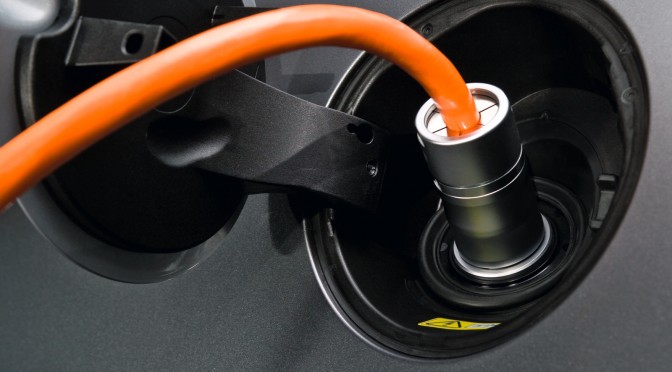Global Information Inc. yesterday announced a report that forecasts the electric vehicle market’s outlook over the next ten years. It credits government support for making EVs more affordable and advancing the perception that they are now a viable alternative to gasoline powered vehicles.
The decline of the internal combustion engine will be gradual as cleaner alternatives take hold. A market research company is predicting that annual sales of electric vehicles will reach 130 million units sold annually by 2025, which while encouraging, falls far short of today’s automobile sales.
Electric vehicle sales are projected to be within the tens of millions in a little over a decade.
The decline of the internal combustion engine will be gradual as cleaner alternatives take hold. A market research company is predicting that annual sales of electric vehicles will reach 130 million units sold annually by 2025, which while encouraging, falls far short of today’s automobile sales.
Global Information Inc. yesterday announced a report that forecasts the electric vehicle market’s outlook over the next ten years. It credits government support for making EVs more affordable and advancing the perception that they are now a viable alternative to gasoline powered vehicles.
130 million units sold might sound impressive, but is comparatively weak next to sales of gasoline-powered vehicles. Over a million new car sales are projected in the United States this year alone. Note that the report’s EV tally includes light electric vehicles such as motorcycles and three wheelers, which are very popular in Asia. The outlook for cars is less clear.
Global Information’s report states that battery electric vehicles will grow at a compound annual growth rate of 15% between 2011-2010 provided that government subsidies continue unabated. Consumer education, infrastructure, and high prices were all flagged as potential restraints on the market.
Those concerns haven’t stopped major automakers including Ford, which last week announced a US$135 technology investment, from betting big on the mainstreaming of EVs. Likewise, utility and public/private partnership programs have been established to plan for the oncoming EV wave(s).
The programs are attempting to assess the impact of mass electric vehicle adoption on power grids and even consumer behavior. For instance, EV owners that charge away from home shop more. Early adopters have become invaluable sources of information on what the future might hold and what challenges remain.
One near certainty is that the national energy mix in the United States will be very different by 2025. That only strengthens the environmental case for adopting EVs, and could help maintain government support.
The Union of Concerned Scientists (UCS) recently analyzed how emissions generated from charging electric vehicles compare to gasoline-powered vehicles in the United States. The conclusion: even coal-fueled electricity is a cleaner alternative. Expect electrics cars to become even cleaner over time.
“By 2025, for 70 percent of Americans, charging their electric vehicle (EV) on the regional electricity grid would result in lower global warming emissions than even today’s most efficient gasoline hybrid, the 50 miles per gallon (mpg) Prius, up from 45 percent today,” Lead author and senior UCS analyst Don Anair said in a follow-up report.
“This improvement is thanks in part to a combination of renewable energy development and the retirement of dirty, coal-fired power plants. The federal Energy Information Administration (EIA) projects renewables increasing their share of national electricity generation from about 11 percent in 2009 to about 15 percent in 2025.”
It appears conditions will be favorable for electric vehicle sales to accelerate from 2025 onward as economies of scale are reached and the consumer experience improves. That’s without factoring in the impact of climate change. Just don’t expect change to happen overnight.
(Image credit: Wikipedia)
http://www.giiresearch.com/report/ix234991-light-electric-vehicles-2012-2022.html



